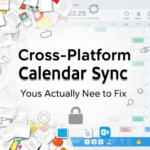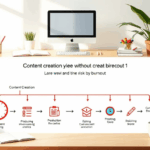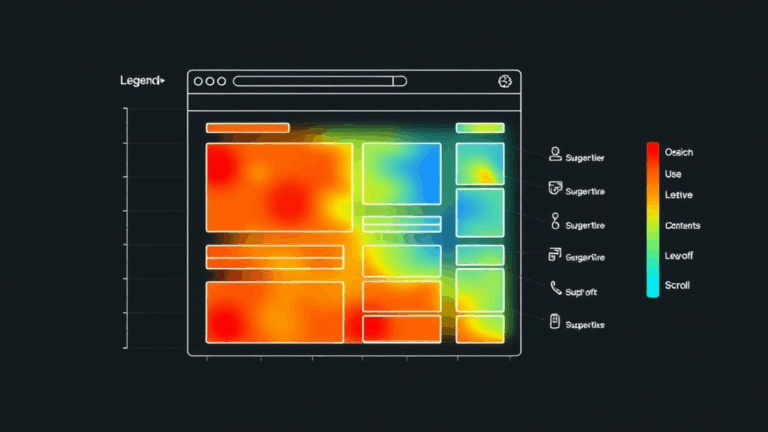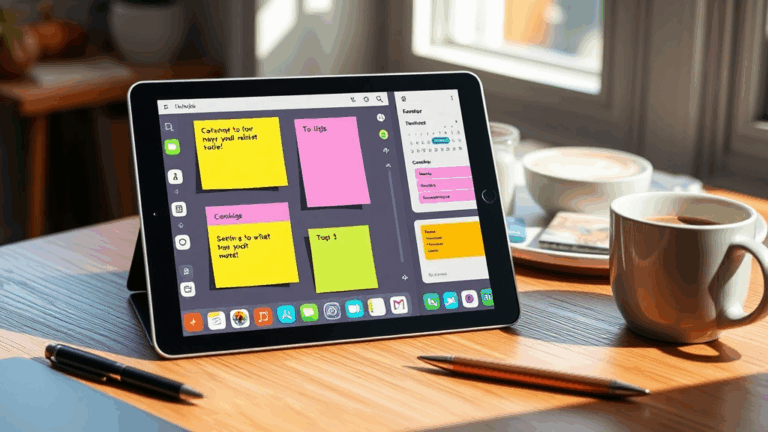How Social Media Calendars Break When You Actually Use Them
Every Calendar Works Until You Loop Back to Week One
So this sounds minor, but it cost me an entire Thursday: if you’re using weekly templates for content planning — especially in tools like Notion or Trello — looping back to Week 1 after four or five weeks can overwrite or clash with previous campaign tasks. Suddenly your June posts are sitting on top of February’s brainstorming notes, and now nobody knows which Canva file “Greatest_Hits-5” refers to.
I hit this snag editing a shared editorial board where four of us thought we were writing for separate months. Nope. Color-coded cards don’t help if your week tags are just “Week 1,” “Week 2,” etc. Find a way to suffix them with the actual posting month or campaign name — even just short names like “W1_May” can dodge the whole problem.
Platform Templates Don’t Force Publication Logic — And That’s a Problem
Here’s a frustrating platform quirk: many of the prebuilt content calendar templates floating around assume your content gets published exactly when described. Big assumption. Facebook’s scheduled posts sometimes silently fail if you hit API rate limits or try to cross-post to a Page that’s missing a token refresh behind the scenes. Found that out the hard way after a Twitter thread got copied early to LinkedIn… three times… with misaligned timestamps. My bad for trusting Zapier automation that blindly triggered off draft titles.
If you’re patching together multi-platform calendars, set up a buffer stage — literally create a row or column labeled “double-check publish” or even better, use something like Airtable automations to tag posts that actually went live vs. ones that still exist in limbo. Accepted truth: your WordPress publish button does not notify your scheduling spreadsheet unless you build that pipe yourself.
Google Sheets Fails the Moment You Try Conditional Content Logic
Oh man, the spreadsheet life. I tried building a calendar where different days had auto-styling for video, quote cards, linkables, etc. I thought I was clever — conditional color-coding, cute drop-downs with emojis. It’s great until you want to say: “OK, post a quote link unless there’s already a newsletter that day.” Suddenly you’re writing array formulas that make your brain buttery.
Honestly, you can do some of this with Google Apps Script, but it’s not worth hacking around a platform that doesn’t support dependencies between non-contiguous cells. I ended up ditching the whole logic layer and just assigning themes on Mondays manually. It’s faster than debugging why row 12 thinks the quote is due the same day as an IG reel — which, thank you, Google Sheets, was technically correct per my broken IF logic.
What worked slightly better?
- Add a single “conflict” column with flags: Newsletter, Video Live, etc.
- Use conditional highlight only to alert, not to automate choices
- Filter views by campaign, not by week
- Always timestamp status updates, especially after platform failures
- Embed post previews (even tiny ones) if the calendar cell isn’t descriptive
- Color tags by status, not by platform
Yes, it’s messy. But a visual mess is better than falsely assuming your post will go out Tuesday just because the cell is yellow.
Most Templates Only Work if You’re One Person With One Voice
You try to reuse the pretty Notion templates that say stuff like “Set Your Weekly Tone Pillar” or “Weekly CTA Focus.” Cool, but what happens when you’re scheduling for three clients, two of them have legal review delays, and the third wants to react to trending topics? Exactly, you end up duplicating the entire calendar structure three times and suddenly that beautiful layout has fifteen checkboxes that say “Waiting for client approval.”
I ended up making a dumb but effective base rule: Content calendar ≠ brand calendar. I keep one structural view (slots, types, platform timelines), and three brand-specific debrief docs — literally just loose Google Docs where we track changes, ideas, tone updates, and stalled posts. Didn’t see that in a template, but it reduced my Trello board panic by like 70%.
Instagram Grid Planning Screws Up Your Actual Timeline
This one’s weird and still messes with me. Using a 3-up Instagram grid planner is tempting — it looks real pretty. But once you start planning multi-day carousels or themed rows, you trick yourself into assigning content based on visual layout rather than day-to-day interaction timing. I once delayed an actually relevant announcement 48 hours just to preserve a quote-image-quote sequence. It’s absurd in hindsight. Especially since most of our audience sees the posts in their feed, not the grid.
“But it looks better.” Okay. But at what point are you just optimizing for portfolio screenshots and not engagement? If your planning tool encourages this kind of aesthetic gaslighting, maybe export the tiles to a local grid preview just once a month — don’t plan directly from it.
Recurring Post Conflicts and Ghosted Metadata
One of the most annoying bugs I’ve seen — and I swear nobody documents this — happens when you duplicate an old post data row and forget to clear hidden metadata. In both Airtable and on several Trello calendar Power-Ups, the due date or thumbnail preview from the old post sometimes sticks around invisibly until the new one saves again. It looks right to your eye. Then bam — your August 10 post for “Summer Savings Final Call” shows up with the preview image and tags from Mother’s Day.
I now quick-toggle between Kanban and Calendar views after any duplicate-copy-write-save action, just to see if any gremlins get caught in those transitions. Hidden fields are another petty little trap. Keep your metadata in visible fields or use audit fields that clearly show any post record modified in the last 72 hours. Otherwise you’re just one draft away from republishing a sponsored #TipTuesday about a sale that ended six months ago.
Content Libraries Grow Faster Than Your Calendar’s Brain
If you keep your visual assets — Canva links, copy variants, platform variants — inside the same calendar table or board, it’ll bloat until the UI crawls. Trello will start timing out attachments and Notion search becomes a spinny-wheel exercise. I had to offload all creative versions into a shared Google Drive folder structure organized by platform type and input source, not campaign.
Eventually it hit me during a late-night folder refactor: stop trying to make your calendar a CMS. It’s not. Your calendar should point to the asset, not store it. Kind of like front-end code shouldn’t inline-load huge media files. I know, sounds obvious now. But watching Notion crash just trying to load a database property that stored resized PNGs was the last straw.
Also? Airtable’s sync views freak out silently if the linked table has more than a thousand rolled-up preview URLs with embedded formulas. It’ll just stop showing updates — no error, no warning. I thought I was losing my mind until I manually refreshed the view and saw three weeks of schedule gaps fill in.
When Client Feedback Loops Collapse Your Workflow
I sent a supposedly final calendar to a client in the form of a Notion board set to read-only. They sent back edits in a Google Doc, marked with emojis that sort of vaguely matched the post titles: ” Innovation – pls swap to dev version”. Parsing that felt like solving a lazy crypto puzzle.
Eventually I added a column to the planning view labeled “Client comment” and built a simple status flag workflow: Needs Edit → Ready-For-Client → Transferred → Locked. Minimal. Much less friction. Don’t expect clients to live inside your tool. Email is eternal and they’ll always paste screenshots instead of drop comments inside Trello cards.
There is no system elegant enough to survive multi-source feedback chaos unless you deliberately funnel it into one entry point.














